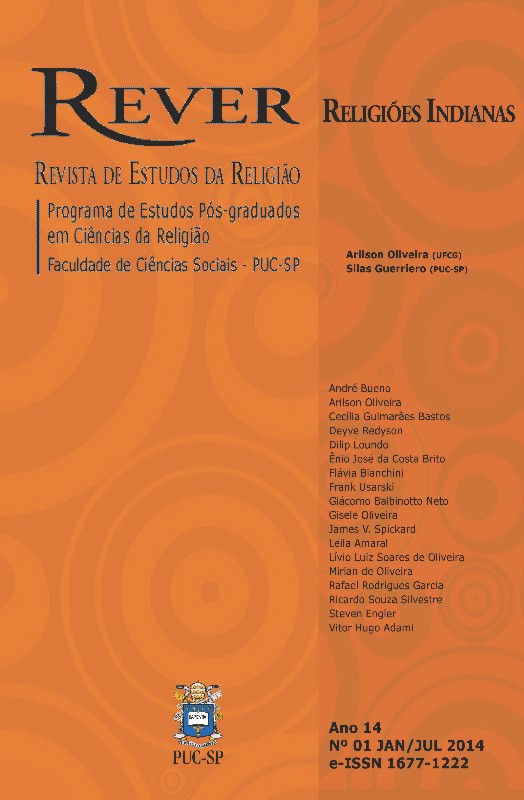The Indian Cult of the Goddess: A Brief History of the Development of Śaktism in the Purāṇa
Keywords:
Indian religion, Śaktism, Great Goddess, Purāṇas, Devī-Bhāgavata Purāṇa, ŚaktiAbstract
Śaktism is a religious approach that regards the Great Indian Goddess (Mahā Devī, or Śakti) as the supreme deity. Since the remotest antiquity, one may find many goddesses (devī) in the Indian religious traditions, but they have a secondary role in the early sacred literature. This situation changes in the Indian scriptures known as Purāṇa, which demarcate the cultural period of India called “Puranic Age”, which starts at the beginning of the Christian era. During this period of the history of India, several devotional religious tendencies are born or gain strength and influence, redefining Hinduism in many ways. In this context arises Śaktism as an independent cult worshiping the Goddess, that is, a cult emphasizing the feminine principle as the ultimate supreme reality, with a distinct philosophy, as an autonomous movement, recognized in the Hindu religious landscape. This paper will evaluate and define the relevance and role of the Purāṇa in the founding and development of the Śakti cult, in what has been called the “crystallization of the Goddess tradition” – a process that attains completion in the Devī-Bhāgavata PurāṇaMetrics
Metrics Loading ...
Downloads
Published
2014-06-30
How to Cite
Bianchini, F. (2014). The Indian Cult of the Goddess: A Brief History of the Development of Śaktism in the Purāṇa. REVER: Journal for the Study of Religion, 14(1), 179–203. Retrieved from https://revistas.pucsp.br/index.php/rever/article/view/20273
Issue
Section
Seção Temática
License

This work is licensed under a Creative Commons Attribution-NonCommercial 4.0 International License.
Authors who publish in this journal agree with the following terms:- Authors retain copyright, but grant the journal the right of first publication, with the work simultaneously licensed under the Creative Commons BY-NC License.
- Authors are authorized to assume additional contracts separately, for non-exclusive distribution of the work published in this journal (e.g., publishing in an institutional repository or as a book chapter), as long as with acknowledgment of authorship and first publication in this journal.


